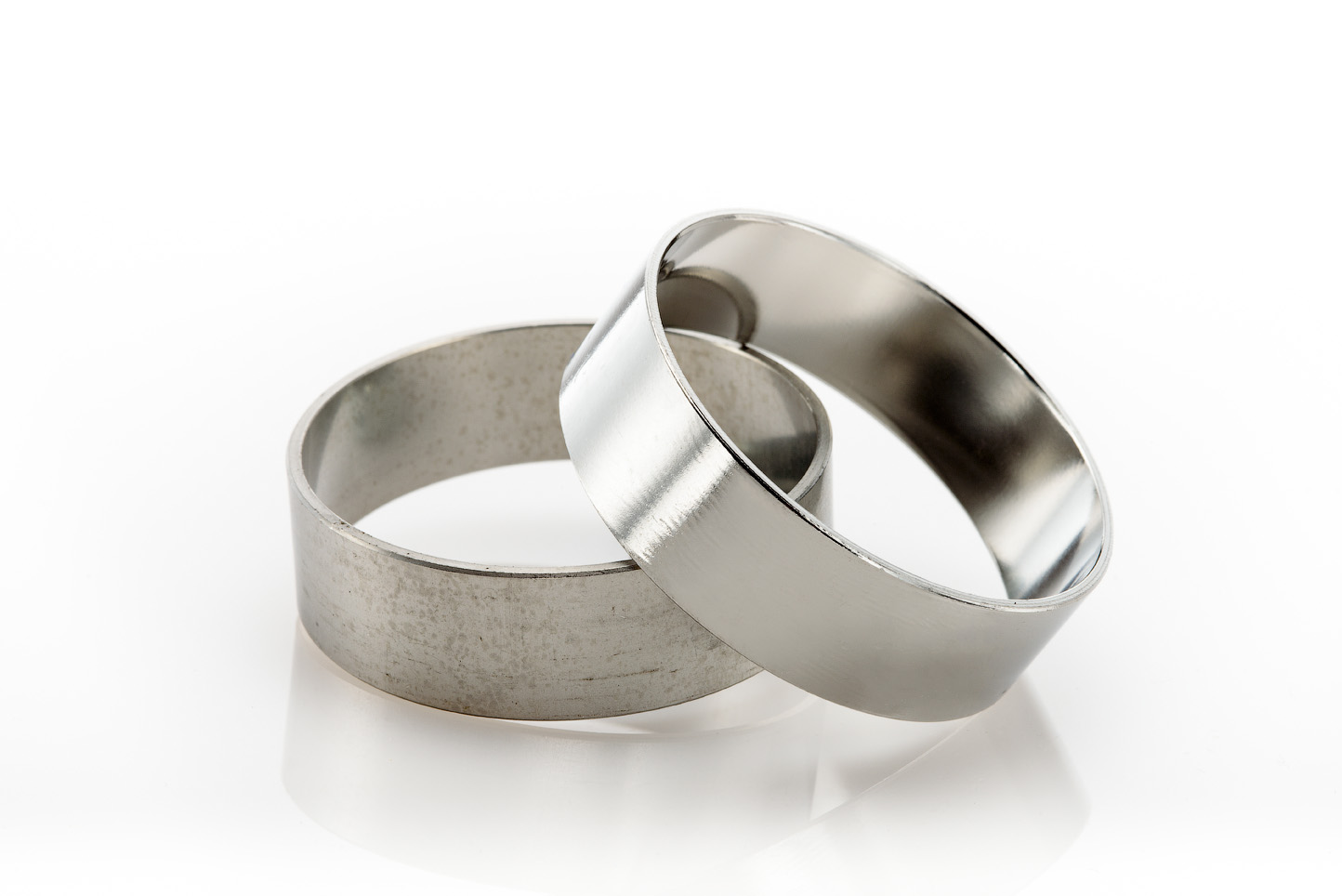Exploring the Eco-Friendly Benefits of Citric Acid Passivation
In the intricate landscape of medical device manufacturing, compliance with regulatory standards is not merely a recommendation—it’s an imperative. Passivation, a critical process in ensuring the integrity and longevity of medical devices, is deeply intertwined with a web of regulatory frameworks and industry standards, including ISO 9001, ISO 13485, ASTM B912, and ASTM A967.
What is Passivation?
Passivation is a chemical treatment process that enhances the corrosion resistance of stainless steel and other metals. It works by removing free iron and other contaminants from the surface, allowing for the formation of a protective oxide layer. Traditionally, passivation has relied on harsher chemicals, but citric acid offers a greener, safer alternative.
The Eco-Friendly Advantages of Citric Acid Passivation
- Reduced Chemical Hazards: Traditional passivation methods often use strong acids such as nitric acid, which can pose risks to both workers and the environment. Citric acid, a weak organic acid derived from citrus fruits, is significantly less hazardous, making it a safer choice for both operators and the environment.
- Biodegradability: Citric acid is biodegradable and does not contribute to environmental pollution. In contrast, conventional passivation chemicals can have long-lasting detrimental effects on ecosystems if improperly disposed of. This makes citric acid an ideal option for businesses committed to reducing their environmental footprint.
- Lower Environmental Impact: The use of citric acid reduces the release of harmful by-products associated with traditional passivation processes. This means that companies can meet regulatory requirements more easily while promoting a cleaner manufacturing process.
- Improved Worker Safety: The reduced toxicity of citric acid passivation translates to a safer workplace. With fewer hazardous materials to handle, companies can improve employee safety and reduce potential liability issues related to chemical exposure.
- Effective Corrosion Resistance: Despite being an eco-friendly option, citric acid passivation does not compromise on effectiveness. It successfully removes contaminants and promotes the formation of a robust protective oxide layer, ensuring that stainless steel parts remain resistant to corrosion and degradation.
- Cost-Effectiveness: While transitioning to citric acid passivation may involve an initial investment, the long-term benefits include reduced waste disposal costs, lower health and safety compliance costs, and potentially less equipment wear and tear. This makes citric acid a financially sound choice for many manufacturers.
Conclusion
As industries increasingly prioritize sustainability, citric acid passivation stands out as a viable and eco-friendly alternative to traditional passivation methods. By adopting this innovative process, companies not only enhance the corrosion resistance of their metal components but also contribute to a healthier planet. At New England Electropolishing, we are committed to integrating sustainable practices into our services, ensuring that we support our clients in achieving both their operational goals and environmental responsibilities.
Choosing citric acid passivation is not just a smart business decision; it’s a step toward a greener future for all.
What is passivation?
What exactly is passivation, and why is it crucial for stainless steel surfaces? At New England Electropolishing, we delve into this important process to shed light on its significance and how it improves the potential of stainless steel.
Electropolishing Resources
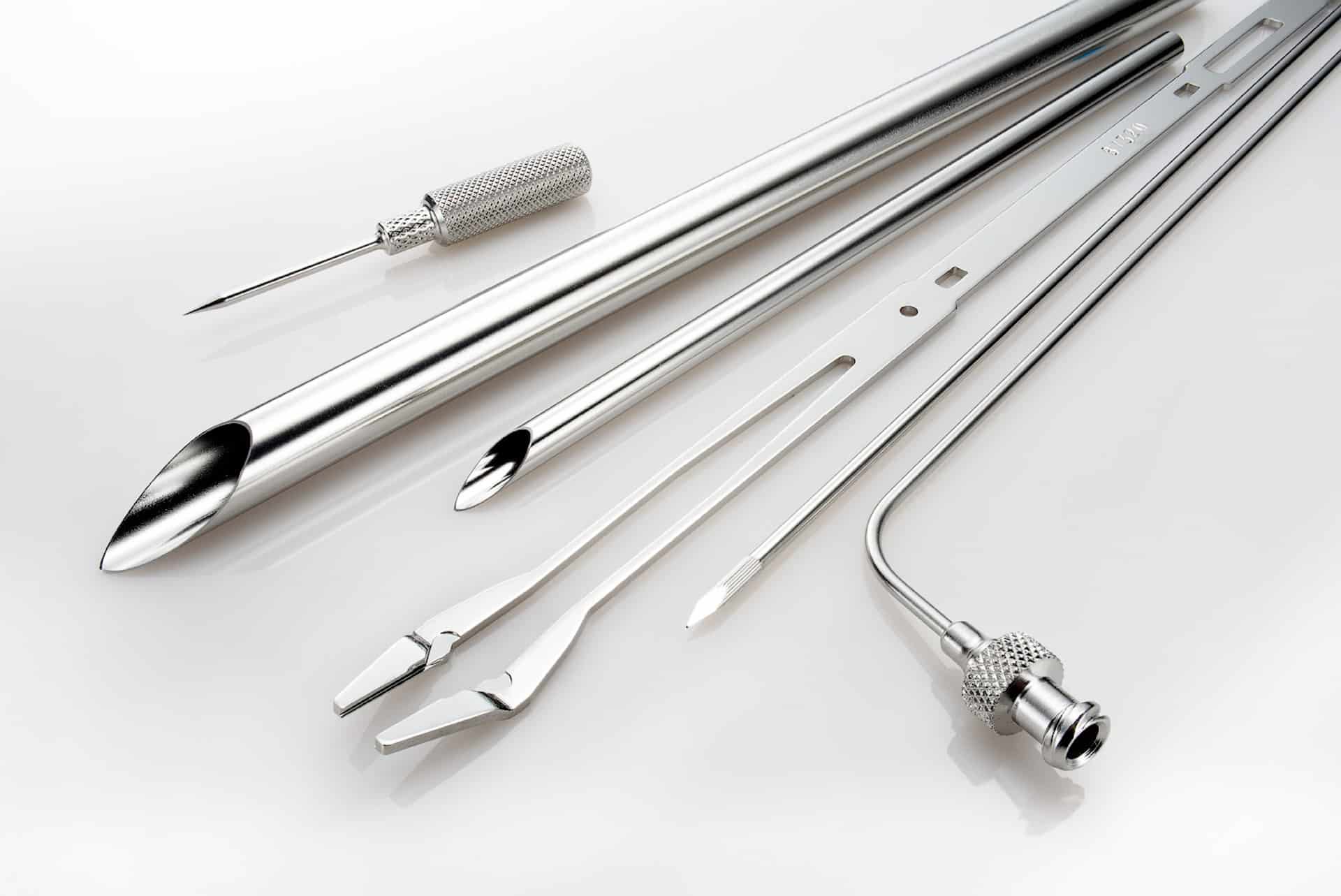
What is Electropolishing?
Electropolishing is an electrochemical and reverse plating process that removes the outer layer of skin on a metal...
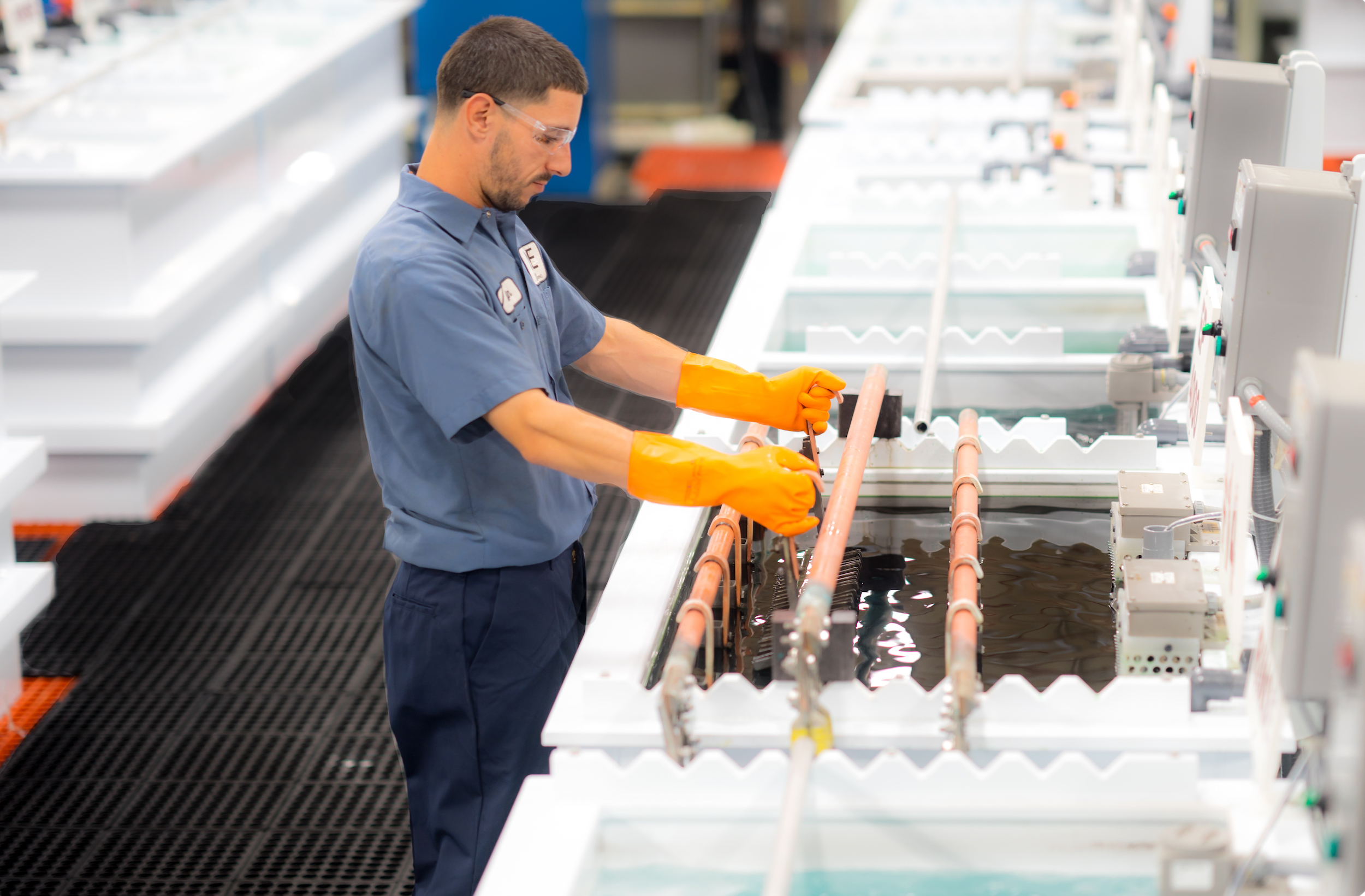
The Electropolishing Process
The electropolishing process is initiated by immersing a metal part into a temperature-controlled bath of electrolyte...
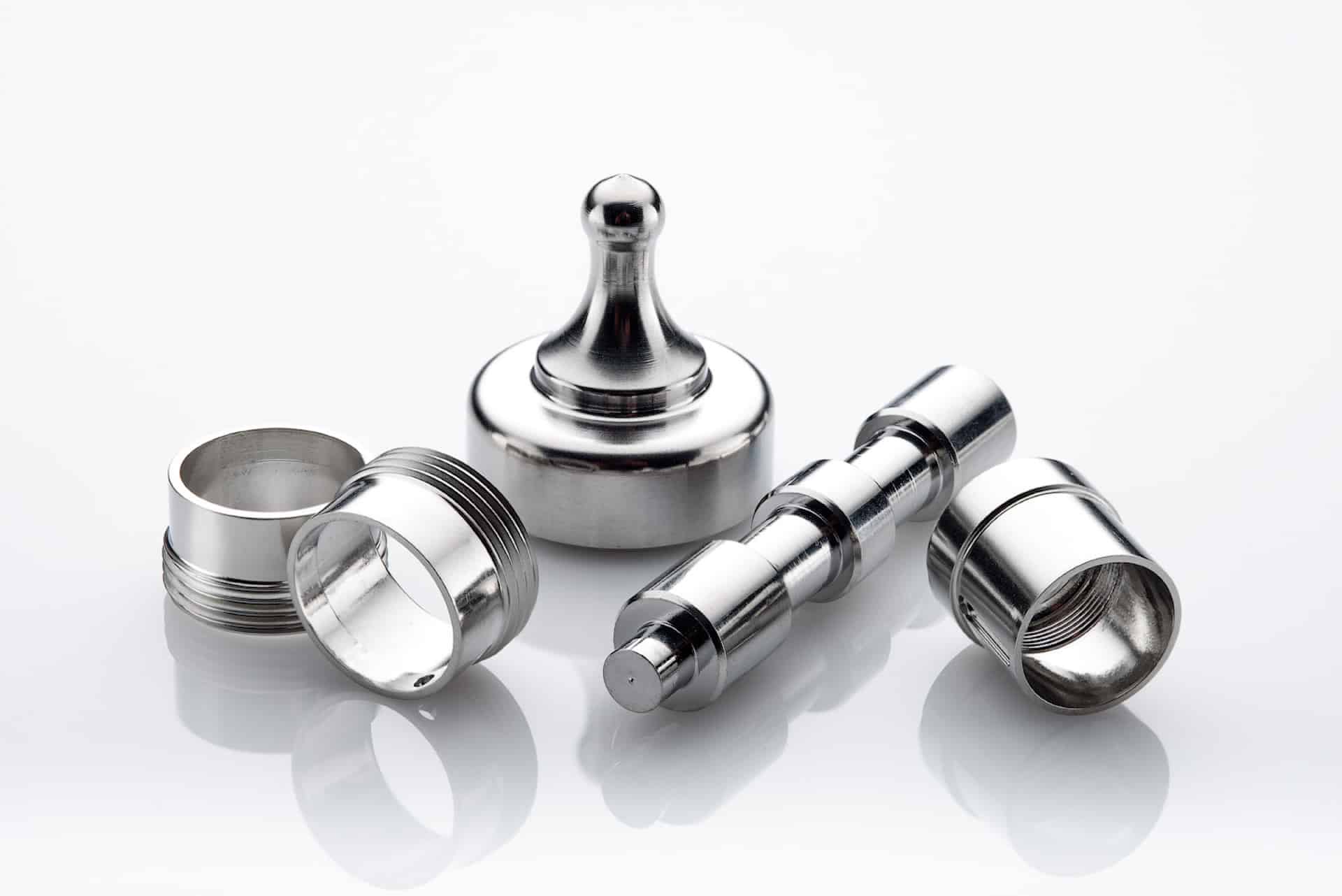
Benefits of Electropolishing
Curious about the benefits of putting your parts through the electropolishing process? Read along below where we...
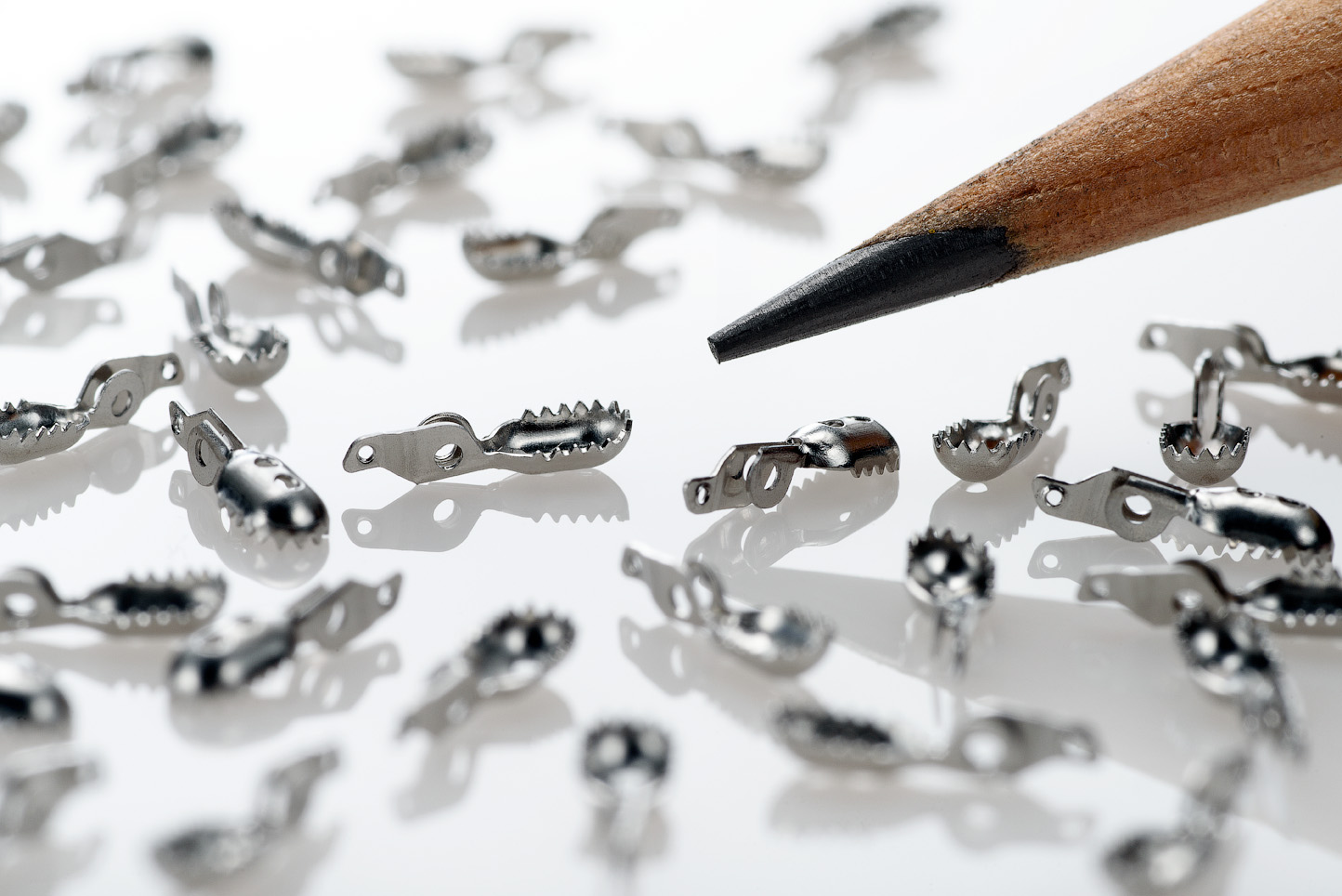
How Much Material Does Electropolishing Remove?
Electropolishing, when done properly is a highly controllable process which removes as little as...
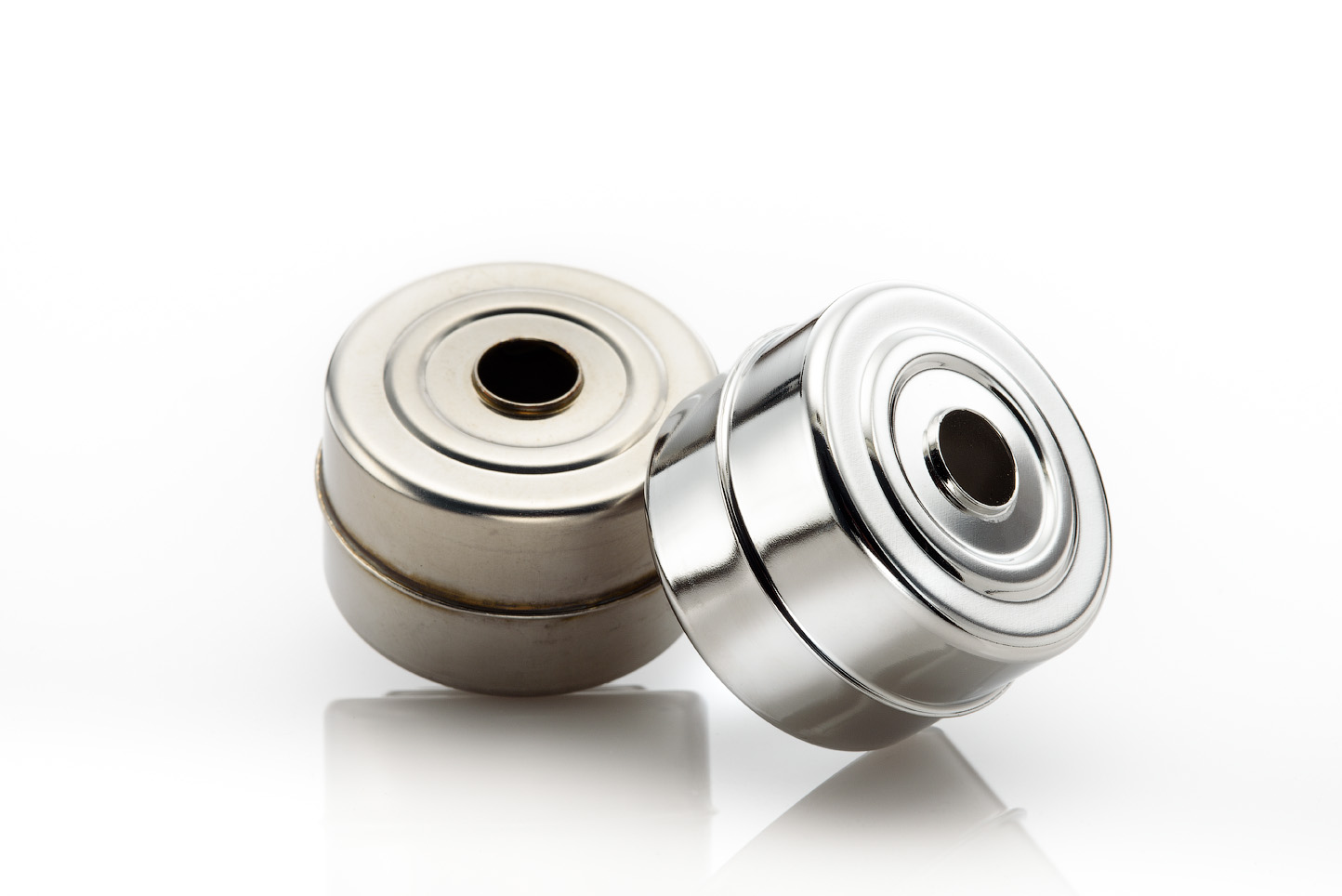
How Much Will Electropolishing Improve the Surface Finish of My Part?
Ra and RMS are both representations of surface roughness. Ra is calculated as the roughness average of a surface’s...
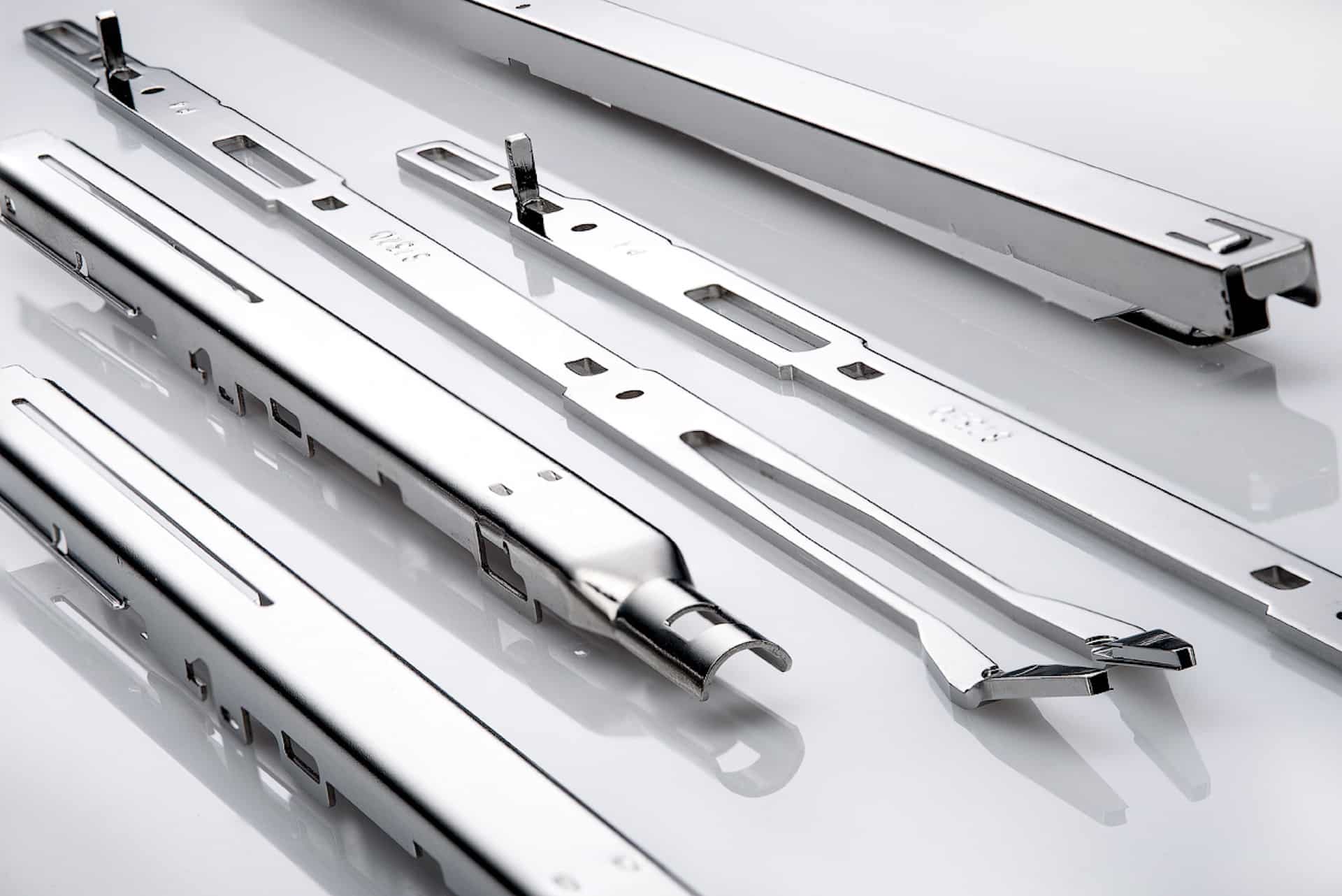
Electropolishing Frequently Asked Questions
Learn the difference between electropolishing and electroplating as well as how the electropolishing process works...
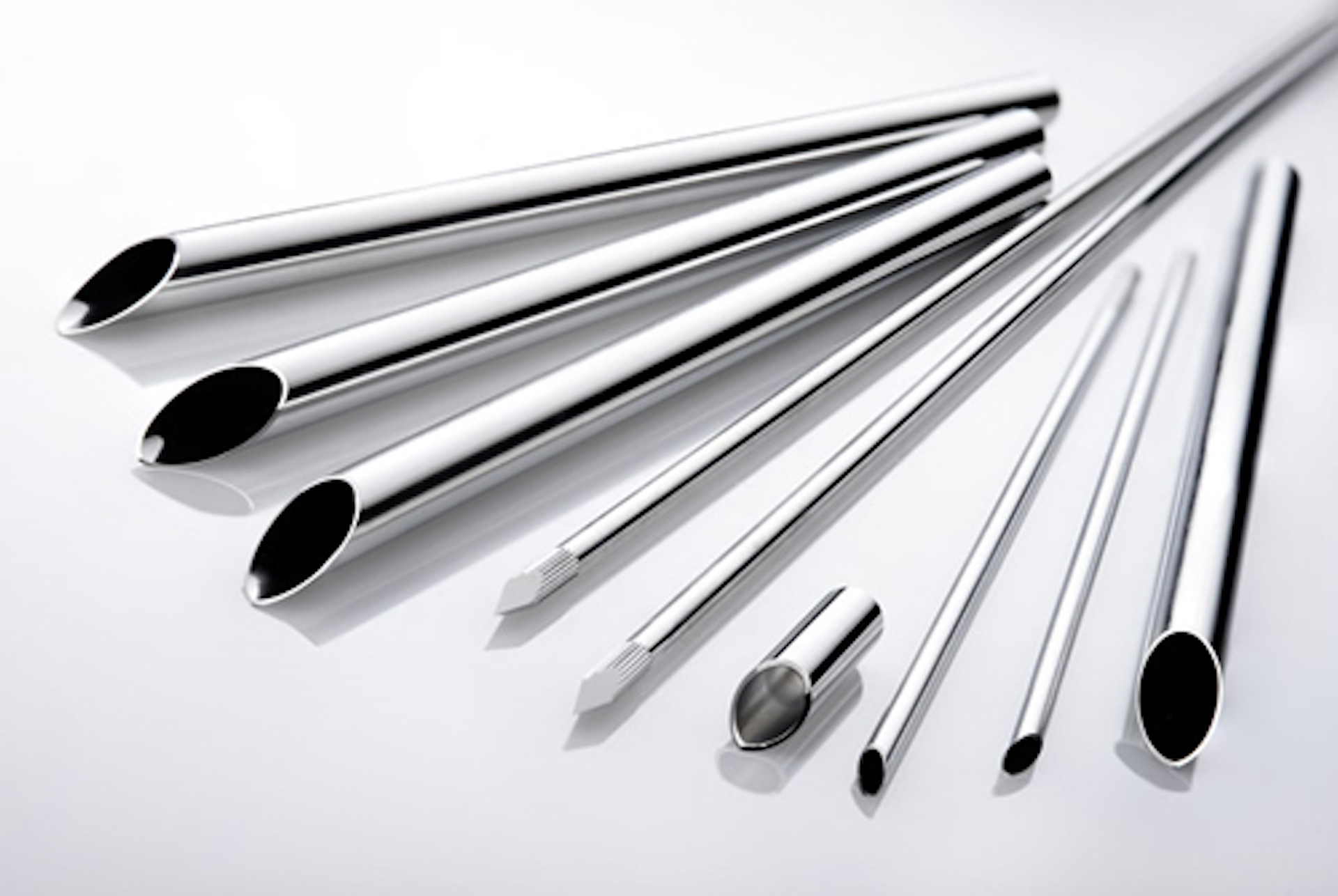
What is ASTM B912?
ASTM B912 is an industry standard for the passivation of stainless steel alloys through electropolishing...
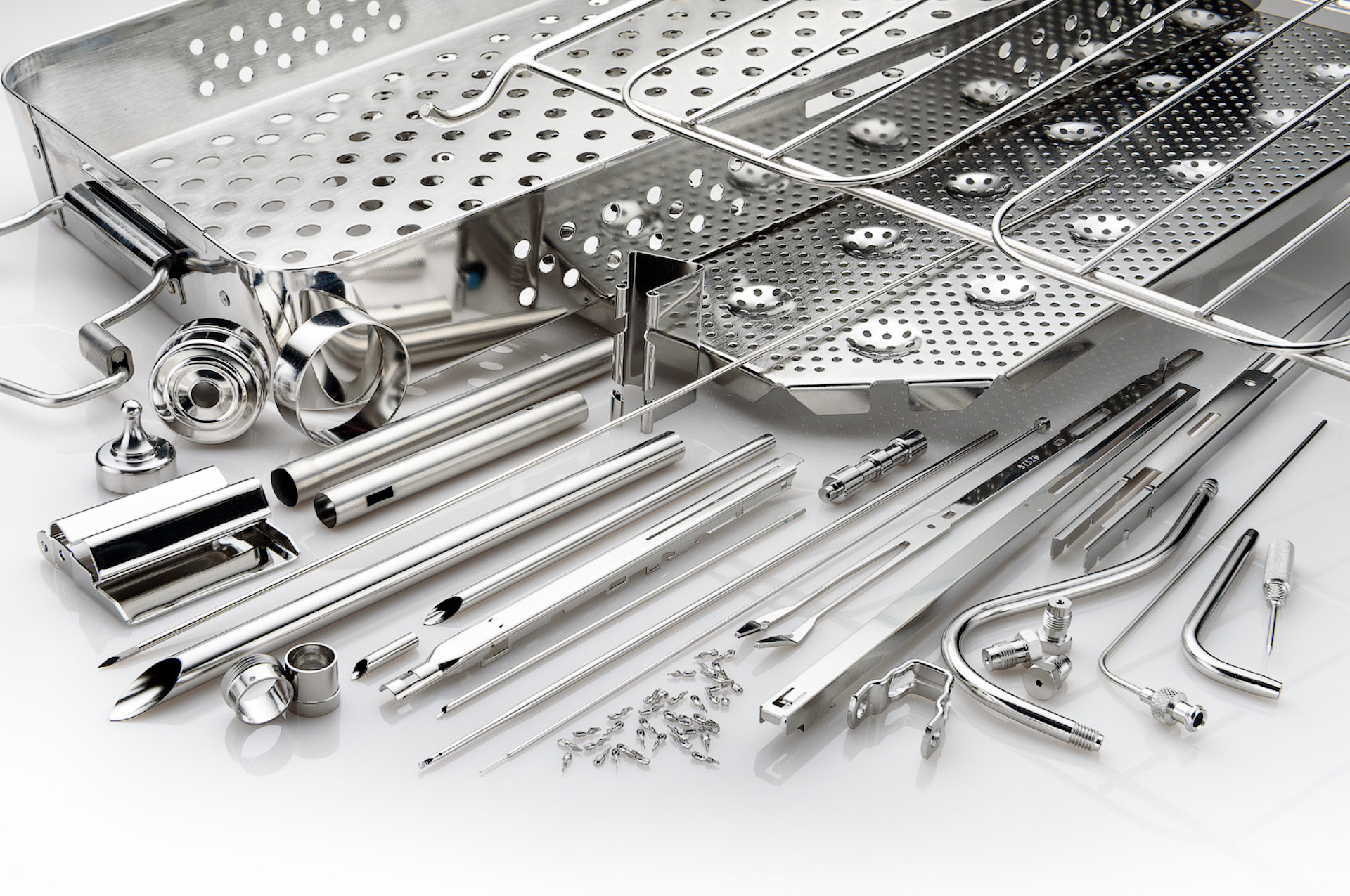
What is ASTM A967?
ASTM A967 is an industry standard specification for the chemical passivation treatments for stainless...
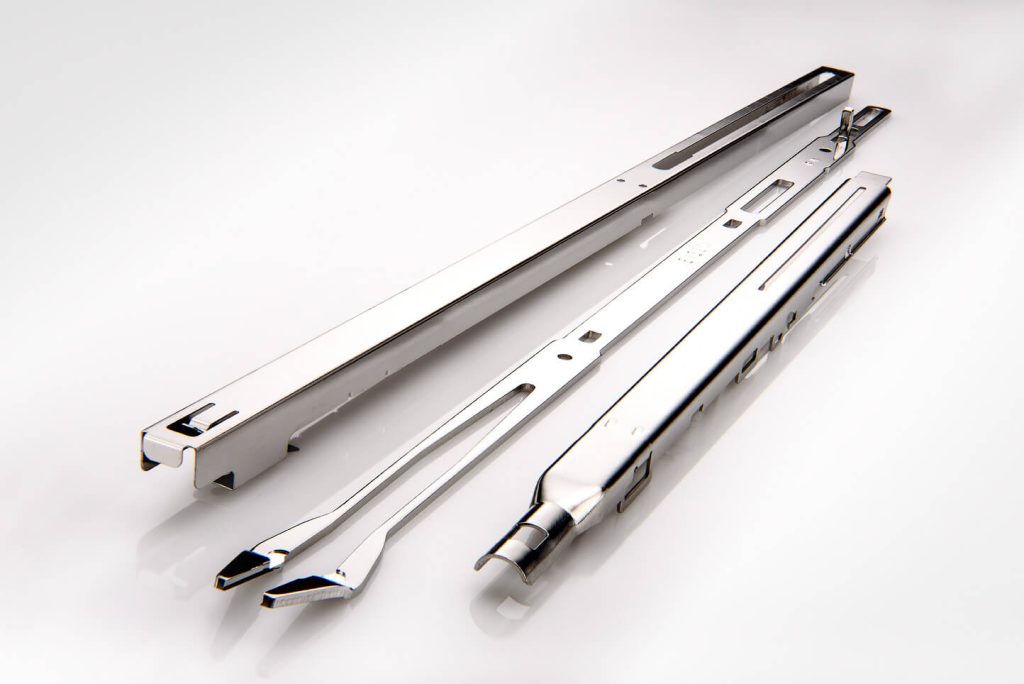
What is ISO 13485?
ISO 13485 is a standard that applies specifically to medical devices. ISO 13485 is designed to be...
